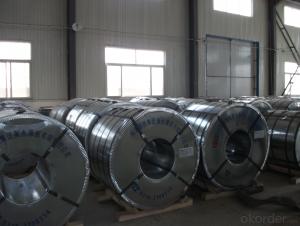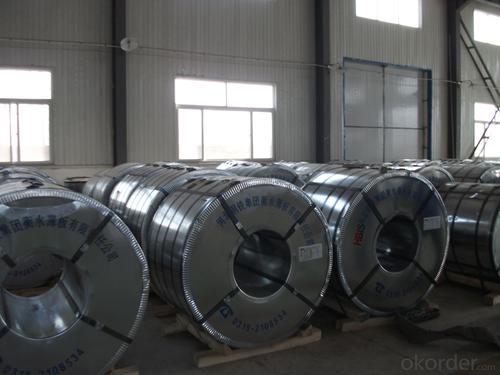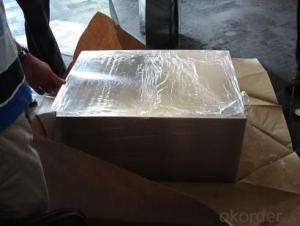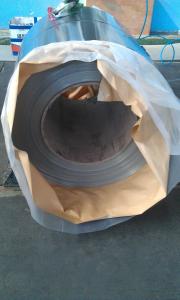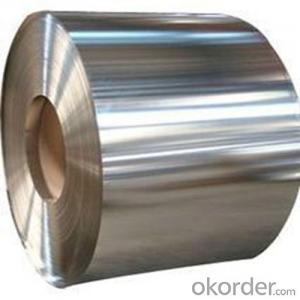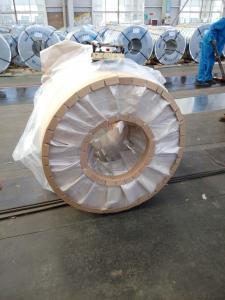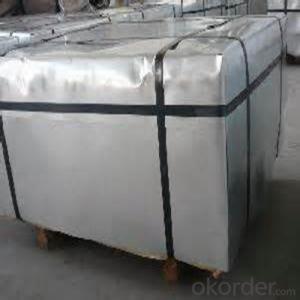Prime Electrolytic Tinplate for Metal Package of Chemical or Industrial Useage
- Loading Port:
- Shanghai
- Payment Terms:
- TT OR LC
- Min Order Qty:
- 25 m.t.
- Supply Capability:
- 30000 m.t./month
OKorder Service Pledge
OKorder Financial Service
You Might Also Like
Specification
1.Structure of Prime Electrolytic Tinplate for Metal Package of Chemical or Industrial Useage Description
Electrolytic Tinplate undoubtedly enjoys the pride of place as a packaging medium especially for food. It owes its unique position to its "nine layer sandwich structure", each of which contributes to its eminence as a packing material. The steel base of electrolytic tinplate provides the necessary strength and formability for can fabrication. The tin-iron alloy layer provides the bond between the steel and free tin layer. The free tin layer is not only responsible for the attractive bright finish and ease of solderability but is also non-toxic- a factor of vital importance in food packaging!
2.Main Features of the Prime Electrolytic Tinplate for Metal Package of Chemical or Industrial Useage
The origin of tinplate is from Bohemian, from 14th century, the people there began to produce tinplate. Also known as electrolytic tinplate, which stand for tin coating on the surface of cold rolled coil for preventing rust. The unique characteristics of tinplate steel decides its comprehensive range of application in international tinplate packaging industry. With the abundance extend of CC and DR steel material, and tin free steel, which enhance the development of technology of packaging industrialization, the innovation is ubiquitous in tinplate steel.
Tin is not good for low temperature applications since it changes structure and loses adhesion when exposed to temperatures below – 40 deg C.
3.Prime Electrolytic Tinplate for Metal Package of Chemical or Industrial Useage Images
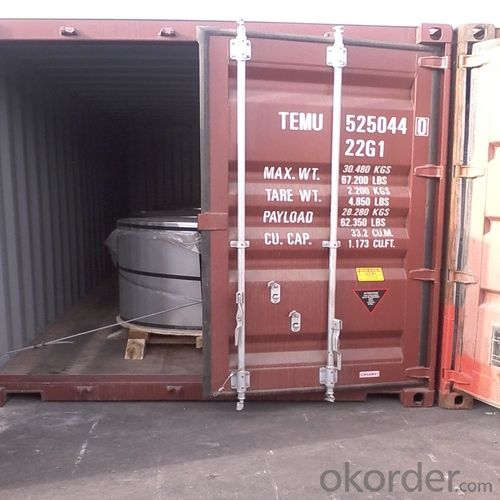
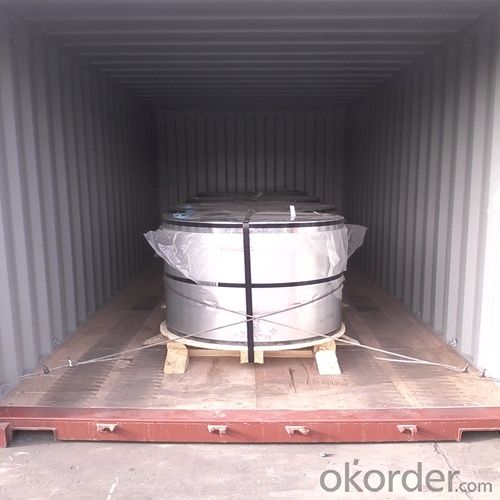
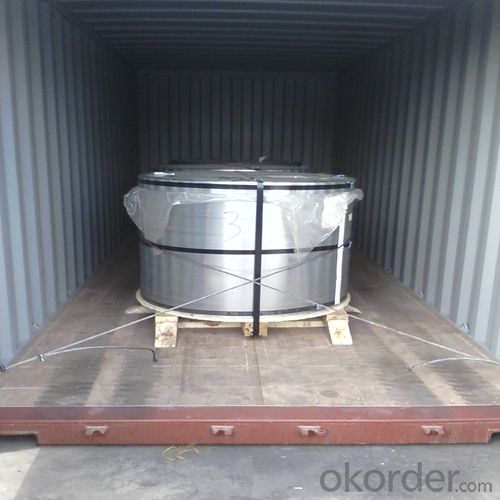
4.Prime Electrolytic Tinplate for Metal Package of Chemical or Industrial Useage Specification
Specification of :
Standard: ISO 11949 -1995, GB/T2520-2000,JIS G3303,ASTM A623, BS EN 10202
Material: MR,SPCC
Thickness:0.15mm - 0.50mm
Width: 600mm -1150mm
Temper: T1-T5
Annealing: BA & CA
Coil Inner Diameter: 508mm
Weight: 6-10 tons/coil 1~1.7 tons/sheets bundle
Passivation:311
Oil: DOS
Surface: Finish,bright,stone,matte,silver
5.FAQ of Prime Electrolytic Tinplate for Metal Package of Chemical or Industrial Useage
- What is tinning and how does it work?
Tinning is the process of thinly coating sheets of wrought iron or steel with tin, and the resulting product is known as tinplate. It is most often used to prevent rust.
- Do you only have prime quality tinplate?
We can supply both prime and second quality tinplate.
- Q: Can tinplate packaging be used for automotive products?
- Yes, tinplate packaging can be used for automotive products. Tinplate is a versatile and durable material that provides excellent protection for automotive parts and components. It is commonly used for packaging automotive products such as lubricants, chemicals, and small parts. Tinplate packaging offers good resistance against corrosion, impact, and tampering, making it suitable for automotive industry requirements.
- Q: What are the different ways to store tinplate containers?
- There are various ways to store tinplate containers, including stacking them on shelves or in cabinets, using storage bins or containers, hanging them on hooks or pegboards, or placing them in specially designed storage racks or trolleys.
- Q: What are the main factors affecting tinplate coil cutting and slitting?
- The main factors affecting tinplate coil cutting and slitting include the thickness and hardness of the tinplate, the quality and sharpness of the cutting tools, the tension and speed of the slitting process, and the expertise and experience of the operators. Other factors may include the cleanliness of the tinplate, the condition and alignment of the slitting machine, and any variations in the tinplate's surface quality.
- Q: How does tinplate compare to aluminum in terms of recyclability?
- Tinplate is highly recyclable, just like aluminum. Both materials can be recycled repeatedly without losing their properties or quality.
- Q: How does tinplate contribute to the safety of automotive components?
- Tinplate contributes to the safety of automotive components in several ways. Firstly, tinplate is highly resistant to corrosion, which helps protect automotive components from rust and deterioration. This ensures that critical parts, such as brake lines or fuel tanks, remain in good condition, reducing the risk of failure and potential accidents. Additionally, tinplate's strength and durability make it suitable for impact-sensitive components, like car body panels or engine parts, providing an extra layer of protection in case of collisions. Lastly, tinplate's ability to withstand high temperatures and its fire resistance properties make it an ideal material for automotive components that may be exposed to extreme heat or fire hazards, further enhancing safety in the event of accidents or emergencies.
- Q: What are the main challenges in recycling tinplate?
- The main challenges in recycling tinplate include the separation of tin from the steel base, the removal of any contaminants or coatings on the tinplate, and ensuring the proper sorting and collection of tinplate waste to prevent it from ending up in landfills. Additionally, the energy-intensive process of melting and refining tinplate poses environmental concerns and requires adequate infrastructure for recycling facilities.
- Q: What are the main differences between tinplate and tinplate laminates in terms of shelf life?
- Tinplate has a longer shelf life compared to tinplate laminates. Tinplate is made of a single layer of tin coating on steel, providing excellent corrosion resistance and protection against oxygen and moisture. Tinplate laminates, on the other hand, consist of multiple layers, with a thin layer of tin on top of a substrate material such as plastic or paper. While laminates can offer additional features like flexibility and printability, they may have a shorter shelf life due to the potential for delamination or degradation of the substrate material.
- Q: What are the disadvantages of using tinplate in packaging?
- One disadvantage of using tinplate in packaging is that it can be more expensive compared to alternative packaging materials such as plastic or cardboard. Additionally, tinplate is prone to corrosion, which can compromise the integrity of the packaging and lead to product spoilage. It is also heavier than other materials, which can increase shipping costs and carbon footprint. Finally, tinplate is not as easily recyclable as some other packaging materials, contributing to environmental concerns.
- Q: How does tinplate compare to other packaging materials in terms of shelf appeal?
- Tinplate stands out among other packaging materials in terms of shelf appeal due to its unique combination of durability, versatility, and aesthetic appeal. Its shiny surface and smooth finish make products packaged in tinplate visually appealing, catching the attention of consumers. Additionally, tinplate allows for intricate and vibrant designs, enhancing the overall attractiveness of the packaging. Moreover, the robustness and long shelf life of tinplate ensure that the packaging remains intact, preserving the product's visual appeal throughout its lifespan.
- Q: How can the section of the tinplate be maintained without rust?
- Unless there is a way to seal it, keep it out of contact with the air, and prevent oxidation, there is no other way.
Send your message to us
Prime Electrolytic Tinplate for Metal Package of Chemical or Industrial Useage
- Loading Port:
- Shanghai
- Payment Terms:
- TT OR LC
- Min Order Qty:
- 25 m.t.
- Supply Capability:
- 30000 m.t./month
OKorder Service Pledge
OKorder Financial Service
Similar products
Hot products
Hot Searches
Related keywords
